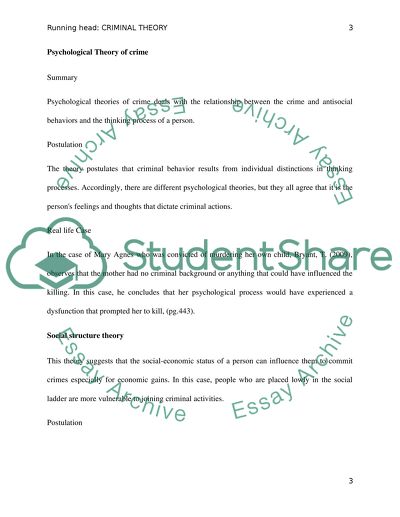Cite this document
(“Biosocial Theory of Crime Assignment Example | Topics and Well Written Essays - 1000 words”, n.d.)
Retrieved from https://studentshare.org/law/1692514-biosocial-theory-of-crime
Retrieved from https://studentshare.org/law/1692514-biosocial-theory-of-crime
(Biosocial Theory of Crime Assignment Example | Topics and Well Written Essays - 1000 Words)
https://studentshare.org/law/1692514-biosocial-theory-of-crime.
https://studentshare.org/law/1692514-biosocial-theory-of-crime.
“Biosocial Theory of Crime Assignment Example | Topics and Well Written Essays - 1000 Words”, n.d. https://studentshare.org/law/1692514-biosocial-theory-of-crime.


